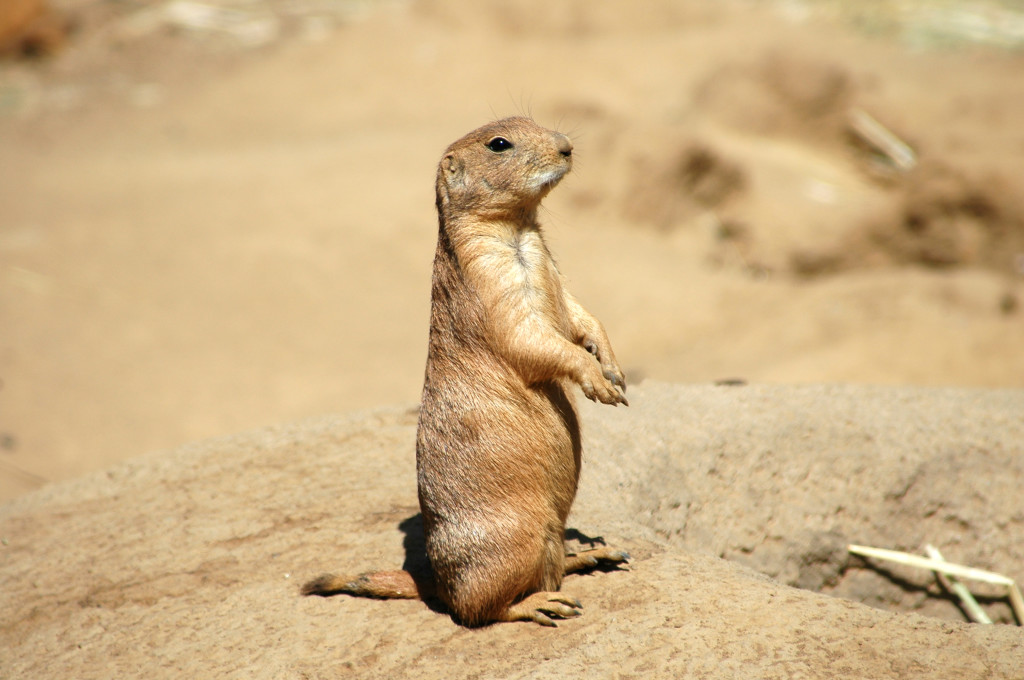
In the animal kingdom only the strongest survive; fending off predators, changes in the environment, diseases and other factors that may put a species at risk. While some animals may fend for themselves, other animals form societies that work together to create better chances of survival for the species. This makes these creatures social animals.
Prairie dogs, like humans and many other species, have consistent forms of social communication and practices that establish and protect their personal circle of like species within their society. Just as how humans have used their social connections towards a cause, researchers have found that a prairie dog’s social networking practices can be used to the benefit of the species. “This work improves our understanding of the social dynamics within a prairie dog colony, which could help us find ways to mitigate the spread of plague.” said Dr. Jennifer Verdolin, the lead author on the study from the National Evolutionary Synthesis Center. Verdolin goes on to indicate that the prairie dog population is depleting and that the species have become vulnerable to bubonic plague. As a result, researchers have found through the study of social networks from three colonies of prairie dogs in Arizona that their newly collected information can aid the animal.
Previously, researchers worried that the study of social networks may not be as reliable as other traditional techniques of studying the species behavior. However, this particular study of prairie dogs has proven that the study of social networks not only produces consistent results as other forms of studying the animals behavior but has also produced additional and important findings that will aid in uncovering how to conserve the species.
Amanda Traud, the co-author from North Carolina University, believes that the use of social network theory can go on to benefit other species as well. “This project also emphasizes how useful social network theory can be when applied to population biology,” she says. As indicated through the behaviors of their social networks, prairie dogs identify those who are in their small society groups through a practice known as greet kissing. When prairie dogs meet upon each other they lock teeth, which looks like a kiss, and this allows them to identify others from their circle in the colony. Researchers found that colonies contain between 60 and 200 individuals, which are made up of smaller social groups of 15 individuals. When a prairie dogs has a greet kiss with another individual that is not from their group, they have been found to attack and defend against them.
The aggressive behavior is one that needs to be considered if the animal needs to be moved for conservation purposes, but there is also another factor found that helps in allowing social groups to relate in an effort for conservation. Similarly to how we are connected to others through degrees of separation, having one person as the ‘bridge’ to another group, prairie dogs also have a ‘bridge’ individual who is the connection between different groups within the colonies. “…We could slow or stop the spread of plague in a colony by relocating these bridge individuals,” says Traud. Verdolin goes on to say, “conservationists could use this data to be sure to relocate all of a relevant social group, rather than splitting up groups. That could improve the group’s chances of thriving in a new environment.” This research has shown that the use of statistical data collected from the social network study of a species can be a factor used to aid species. The success of this research may in turn foster the use of this method in more research to conserve other social animals.
By Kamille Dawkins
Sources:

